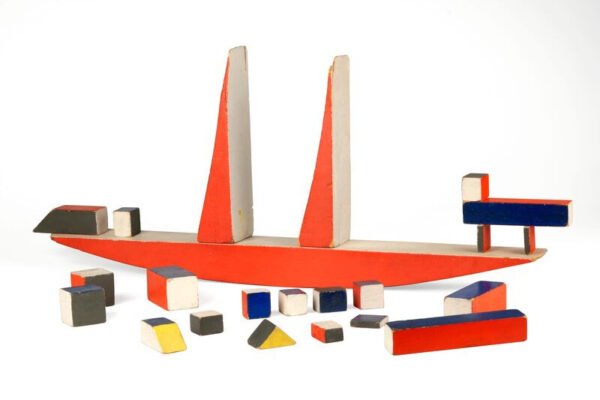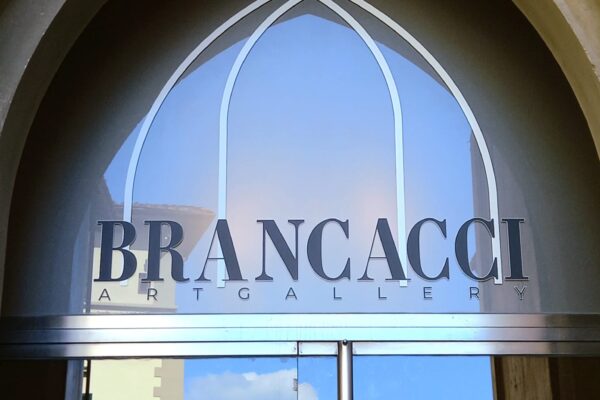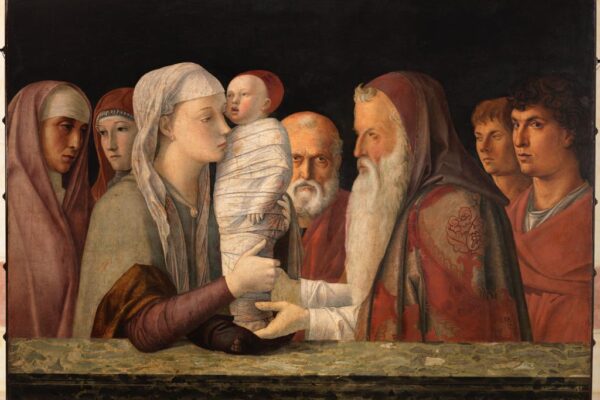A party can enchant and amaze even if colorless? Yes, if we talk about parties orchestrated by skilled directors and set designers, imaginative architects and painters, musicians and poets, as was the case in the seventeenth century in Rome. It is the feast Baroque, the great theater of arts and fiction, with ephemeral simulating mountains and hide the facades of churches and palaces; parades that wind in the folds of the ancient city and gather acclaim and applause. With chants and litanies, masks in a carriage and horses Berbers launched wildly along the Corso, during Carnival.
But to spread the images of those shouting, crowds and color, to amplify the sound in the centuries and prayers were produced intaglio prints, as a newspaper or news illustrated in runs important, worthy of events that was to immortalize.
All this will be explained by the 1 April of 26 July 2015 a Palazzo Braschi, in the exhibition "Feste baroque", promoted by the Culture and Tourism – Capitolina Superintendence of Cultural Heritage of Rome with the organization of Zètema Culture Project, an event that is part of the cultural project "Baroque in Rome. The wonder of the arts ", sponsored by the Rome Foundation and organized by the Fondazione Roma – Art – Museums for the enhancement of the historic, Baroque art and architecture of the city and the territory.
Five sections mark the time of visit in as many exhibition halls.
It starts with Rides and possessions: public ceremonies related to the election of the new pontiff, as bishop of Rome, took possession of the Basilica of St. John Lateran through the city on horseback along a path from St. Peter came to the Capitol, the Roman Forum and the Colosseum, according to an ancient custom still practiced by the newly elected popes although in comfortable cars.
In Funeral processions and equipment the manifestation of power takes shape at the death. That of the pope, eg, is designed as a grand public event for the city, scene of lavish parades represented in the exhibition by the funeral of Clement X and Innocent XI. The sumptuousness and the high symbolism of these events are well expressed by the "double burial" of Pope Paul V, a year after his death, was buried a second time in the family chapel in Santa Maria Maggiore, not yet completed at the time of death.
But also the death of other important people involved in the construction of scenic catafalques in churches, designed by the likes of Gian Lorenzo Bernini.
Section Carnival and Forty underlines the strong link between religiosity and show in Rome, on the occasion of the event profane most watched and loved by the people, in that moment of relief and license. Here, then, next to rides in costume or the Joust of the Saracen in Piazza Navona in honor of the King of Poland – which continued despite the sudden departure of the sovereign – the antithesis of the religious ceremony of the Forty Hours, ie the exposition of the Blessed Sacrament in the churches during the carnival. Silence and meditation opposed to the incessant noise of the streets in celebration.
Religious festivals shows us a city transformed into movie set. Squares, fountains, historic buildings act as perspective wings for equipment to great effect, specifically designed by architects and painters to impress the audience with the professionalism of workers of excellence, just like it does for the filming of a movie. Chants and litanies that are intertwined with the colors and shapes of an urban scene adorned for the occasion, often suggesting architectural solutions that over time, would then be made.
Closes the path section Other festive occasions, telling the seventeenth-century Rome as a theater of History. Every major historical event - and even a simple receipt of noble Roman families – is transformed here into a global event, that is in the eternal city with the best environment to amplify and spread his message. Exotic appearances of ambassadors from Siam, fireworks and processions ordered: Rome in the seventeenth century marks the time of the story dictating the pace. It legitimized in the eyes of the world's great powers every event for the simple fact of being staged in Rome.
"Incidentally," Images of the festival in Rome in the prints of the seventeenth century
1 April - 26 July 2015
MUSEUM OF ROME PALAZZO BRASCHI
“Festivities Barocche” exhibition at Palazzo Braschi









Leave a Reply